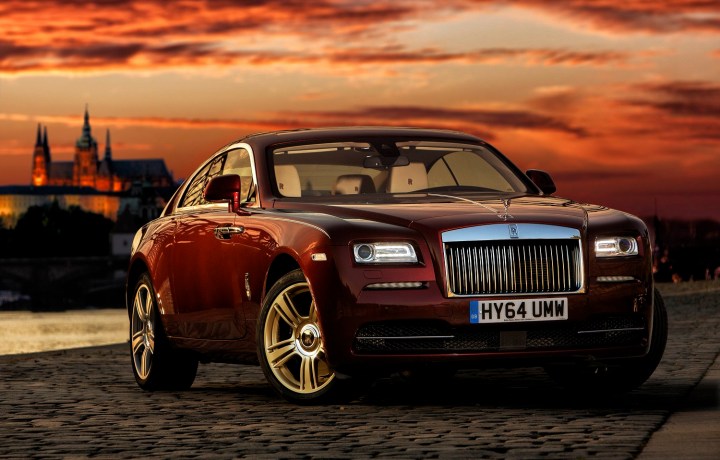
Rolls-Royce explains that there is absolutely no demand for a model smaller than the Wraith. Rolls buyers typically own seven or eight other cars so they have at least one model from another manufacturer in their stable that they can drive when they need to maneuver in a tight parking garage or take a trip to a crowded urban center.
Another obstacle brought up by executives is that a small Rolls-Royce would go against the values that have characterized the British carmaker for over a century.
“There cannot be compromise. The ultimate in comfort and luxury, it’s as simple as that. And luxury is space. There’s no trick you can pull, there’s no piece of engineering you can pull that makes up for a lack of legroom, for instance,” explained James Warren, Rolls’ manager of product communications, in an interview with Australian website CarAdvice.
Finally, Rolls-Royce still largely builds cars by hand in a relatively small factory located in Goodwood, England, and it doesn’t have the additional production capacity required to add a small and presumably volume-oriented model to its lineup. Besides, the company bluntly points out that it makes enough money as-is without needing to widen its lineup to reach a bigger target audience.
In other words, the two-door Wraith (pictured) will remain Rolls-Royce’s cheapest model for the foreseeable future. Don’t call it entry-level, though. It is powered by a 624-horsepower 6.6-liter V12 engine, it stretches no less than 207 inches from bumper to bumper — about as big as a long-wheelbase Mercedes-Benz S-Class — and its base price lies in the vicinity of $300,000.
Editors' Recommendations
- Check out Spectre, Rolls-Royce’s first all-electric car
- You’ve never seen a Rolls-Royce drive quite like this
- How Johnny Cash’s Rolls Royce transformed into a Tesla-powered EV
- GM’s modular Ultium platform will be building block of its future electric cars
- Ford could build its next Mustang-inspired electric car on Volkswagen bones




